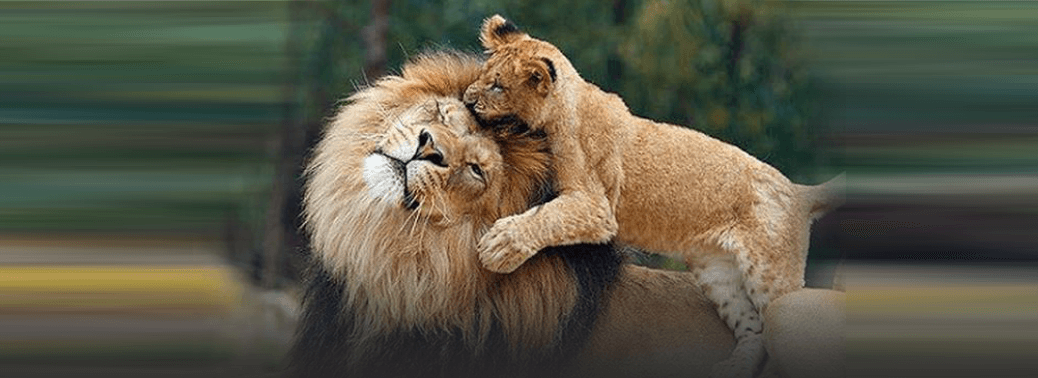CCMB SCIENTISTS SEQUENCE ASIATIC LION GENOME
12, May 2019

Prelims level : Environment
Mains level : Technology, Economic Development, Bio diversity, Environment, Security and Disaster Management
Why in News:
- The entire genome of Asiatic lion, an endangered species, has been sequenced by scientists from CSIR- Centre for Cellular and Molecular Biology, Hyderabad.
Details:
- The information would help to better understand the
evolution of Asiatic lions and also make possible comparative analysis with other big cats. With the complete genome of royal Bengal tiger, African Cheetah and Jaguar available, comparative studies of all these big cats would be possible. - Comparative genomics between African and Asiatic lions could be undertaken once the complete genome of the African lion is sequenced.
The population of the endangered Asiatic lion is very low — only 523 animals are present in the Gir forests. - The genome sequencing would enable scientists to develop specific markers to study population genetics and get newer insights into its population status and subsequent management.
Asiatic lion (Panthera leo persica)
- Asiatic lions are slightly smaller than African lions.
- Males have only moderate mane growth at the top of the head so that their ears are always visible. The most striking morphological character, which is always seen in Asiatic lions, and rarely in African lions, is a longitudinal fold of skin running along its belly
- UCN Red List: Endangered
- Asiatic lions were once distributed to the state of West Bengal in east and Rewa in Madhya Pradesh, in central India.
- At present Gir National Park and Wildlife Sanctuary is the only abode of the Asiatic lion. A dedicated “Asiatic Lion Conservation Project” has been launched by the Union Ministry of Environment, Forests and Climate Change (MoEFCC).
Canine distemper virus (CDV)
- CDV is highly contagious disease that attacks gastrointestinal, respiratory, central nervous systems, immune system and other vital organs in animals. In most of the cases, the infection is fatal.
- The disease can be contracted by lions if they eat any animal infected by it.
- CDV is considered dangerous virus and is blamed for wiping out 30% population of African lions in East African forests.






